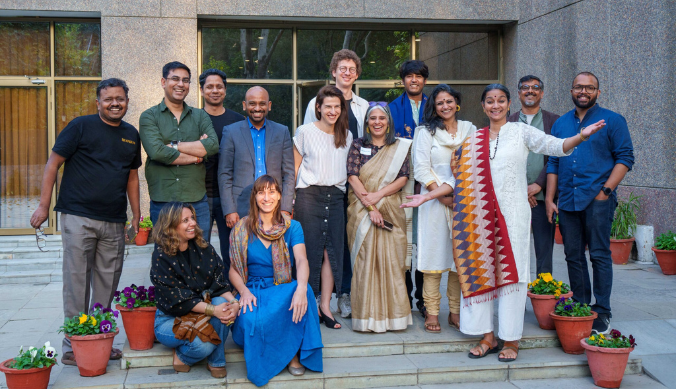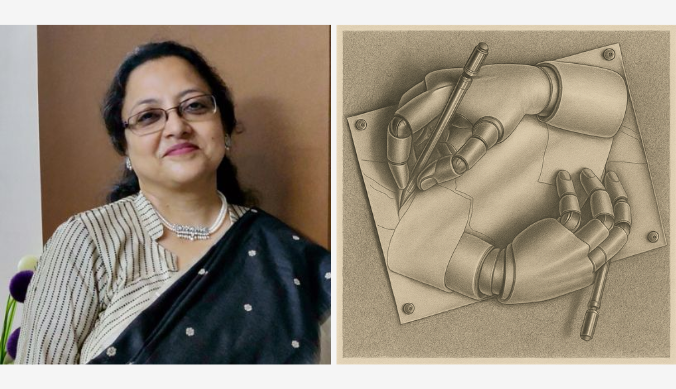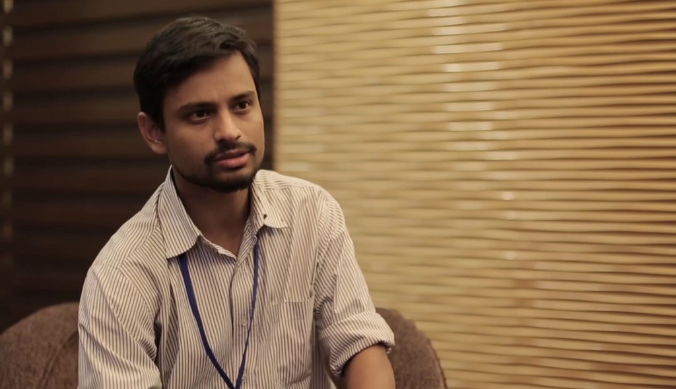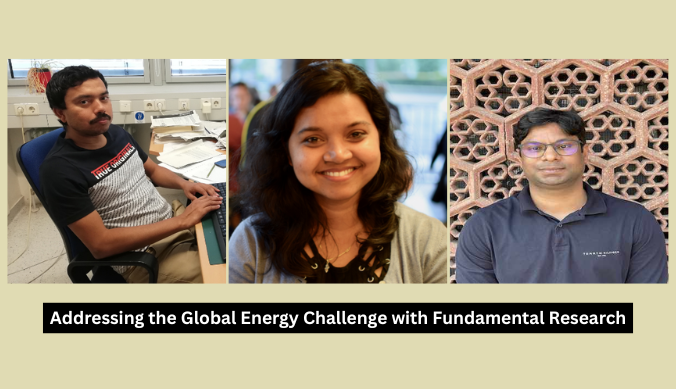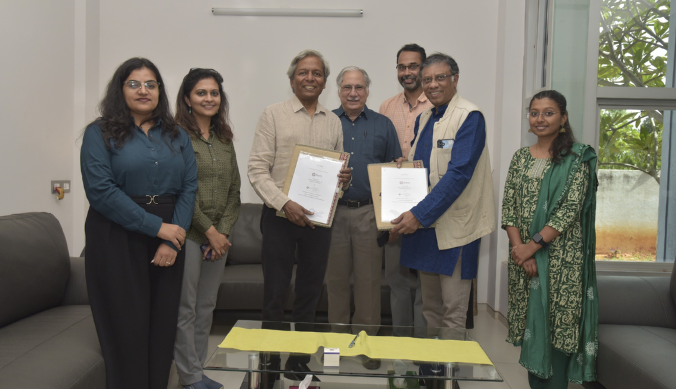SpaceCraft 3.0: Celebrating Astronomy, Innovation, and Exploration
SpaceCraft 3.0, Ashoka's inter-university astronomy fest, united science, innovation, and collaboration through stellar talks, competitions, and workshops.
SpaceCraft is Ashoka University’s annual astronomy fest that brings together curiosity, exploration, and innovation through engaging events like workshops, exhibitions, and competitions. The third edition, SpaceCraft 3.0, expanded into an inter-university event. With expert talks, competitions, and a nationwide student audience, the fest scaled new heights while fostering growth and collaboration.
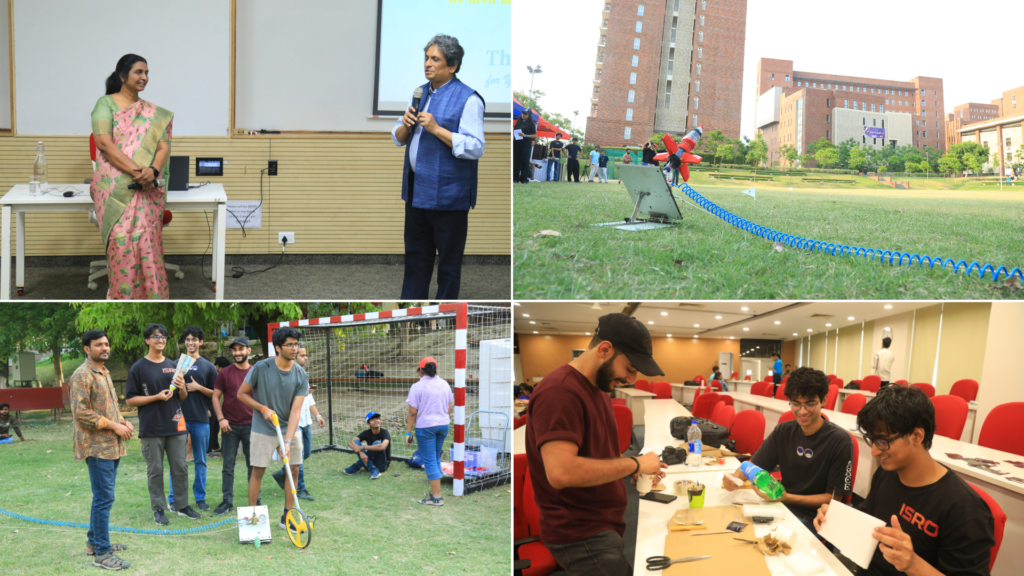
SpaceCraft 3.0 featured partnerships with renowned organisations like LIGO India for social media outreach and student opportunities. It also collaborated with IEEE-ASB (Institute of Electrical and Electronics Engineers – Ashoka Student Body) and IAPS (International Association of Physics Students) to host interdisciplinary events blending science, sustainability, and creativity.
One of the highlights of SpaceCraft 3.0, the Rocket Launch Competition, saw over 20 participating teams compete for a ₹45,000 prize pool. Judged by experts, including an ex-ISRO scientist, the event evaluated rockets on flight distance, application of scientific principles, creativity, and innovation. A thrilling experience, the competition left spectators in awe and participants inspired.
Ashoka Student Astronomy Conference, India’s first undergraduate-level astronomy conference, was another marquee event. Featuring 10+ talks, over 100 participants, hands-on demonstrations, and research presentations, the conference became a platform for students to delve into the wonders of astronomy. It highlighted innovation, research, and the collaborative spirit of the Ashoka community.
Nigar Shaji, the ISRO Scientist and Project Director of Aditya-L1, India’s mission to the Sun, shared insights into the mission’s spacecraft configuration, payloads, realisation cycle, and groundbreaking findings. In the talk, Nigar Shaji presented on the Spacecraft configuration, its Payloads, realisation cycle, mission perspective and some of the findings from Aditya-L1. The Aditya-L1 mission was initiated to deepen understanding of the Sun’s processes and their impact on Earth, including its atmosphere, stratosphere, and ionosphere. Over time, heliophysics has emerged as a vital field, prompting India to engage in solar missions and contribute to global efforts. Beyond scientific exploration, the mission also addresses space weather studies, recognising the critical role of space technology in modern life. Once considered a luxury, space technology has become integral to economies worldwide, with India managing over 50 satellites in orbit. The Sun’s plasma significantly affects these space assets, making this mission essential for advancing research and protecting infrastructure. She then delved into the details of the Aditya-L1 mission, India’s first dedicated solar observatory launched by ISRO.
Dr KP Singh, an eminent astrophysicist specialising in X-ray astronomy, shared his extensive research on active galactic nuclei, supernova remnants, and the interstellar medium. A true pioneer, he brought AstroSat, India’s first dedicated space observatory, to the forefront of the discussion. He also discussed his journey in this field. The journey began with meticulous testing and assembly – electronics, pressure transducers, onboard gas systems – all crafted and perfected in the lab. Leakage and vacuum checks ensured precision, simulating pressure changes akin to rocket ascent. Against all odds, success followed, mapping one-third of the sky.
The innovation yielded remarkable advancements. Compared to the launch in Thumba, this was ten times more sensitive, the height was 350 km. The area coverage expanded fivefold, and thinner windows doubled efficiency. Within two years, significant progress enabled broader sky coverage, revealing the hot interstellar medium, studying gas and uncovering cosmic mysteries.
Thirty satellites followed, with Astrosat, launched in 2015, heralding a new era of multi-spectrum observation. Contributions to international collaborations with NASA, ESA, JAXA, and others further underscore these achievements. This spirit of innovation, embodied by ISRO, overcame payload limitations and set the stage for ambitious projects, ensuring a legacy of astronomical discovery.
SpaceCraft is more than just a fest, it’s a celebration of art, science, and discovery under the stars. From thrilling competitions to thought-provoking talks and immersive workshops, each edition continues to inspire and connect the community. As SpaceCraft evolves into its inter-university avatar, it promises to remain a beacon for curiosity and exploration.
– Written by Naw Blut Eh Khue, ASP 2025
Study at Ashoka








